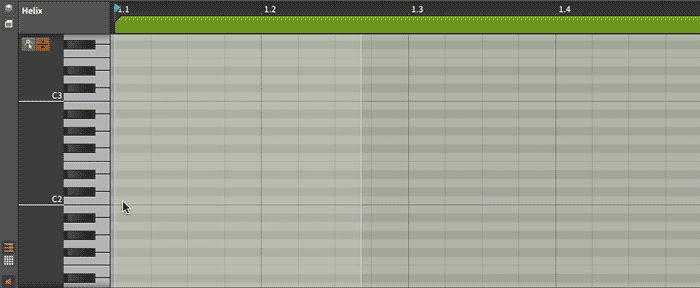
6 MIDI Sequencer Tips That Will Help You Make Better Tracks Faster

Are you getting the most from your piano roll?
If you’re wondering “what is MIDI and how will it make my tracks better?” you’re not alone.
The easiest place to start for getting the most out of your MIDI setup is knowing your sequencer backwards and forwards.
DAW sequencers and your piano roll are full of useful tools for finding your best possible sound.
So here’s a few simple MIDI sequencer tips to get you started…
MIDI note generators
Unless you’re the Yngwie Malmsteen of the MIDI controller, there’s certain patterns you just can’t play on your own.
Like super sophisticated arpeggios, layered euclidean polyrhythms or totally random note patterns.
Getting all those patterns (and more) is actually pretty simple with MIDI note generation tools.
There’s tons of cool ones out there. So search and experiment to find the one that works best for you. But here’s a couple of our favourites:
Wouter Hisschemöller – Euclidean MIDI Patterns
Layer the same MIDI performance and Edit to fill out your performance
So you just created the perfect lead arrangement. It’s spectacular in every way.
Why not layer another sound with it. Just simply duplicate your MIDI arrangement and assign a new sound.
Edit the notes for velocity, duration or pitch to add some variety.
Bingo! Your lead arrangement just got more interesting and fatter with an added layer. All with a little simple MIDI note duplication.
This works great for creating bass lines or ambient layers as well. So experiment to find the best results.
Get off the Grid and Create Some Free-hand Swing
Swing and quantization are great for fixing performances or giving your parts some natural feel. But even the built in DAW swing functions can feel a bit cookie-cutter sometimes.
It’s an easy fix on the piano roll. Take your sequencer off-grid and manually move your MIDI notes slightly off beat to get a more human arrangement.
Use your mouse, eye and ear to figure out what sounds best.
In Ableton just hold down CMND (Apple) or ALT (PC) while you perform an action to bypass the grid snap.
This allows you to create some custom swing that suits your song. It can also achieve a cool broken beat effect depending on which notes you move and how far.
Use your mouse, eye and ear to figure out what sounds best.
Fold The Roll
What’s the easiest way to keep your tracks sounding great? Well, keeping your parts in key is a good place to start.
Most DAWs come with a handy feature that lets you hide out-of-key notes from your piano roll after you’ve chosen a key.
In Ableton it’s called ‘Fold.’
Fold gives you the option to only show the notes that are in your key of choice. So when you start creating your parts, you’ll never be out of key.
Hot Tip: Shift + Up/Down on Ableton allows you to transpose your selected notes on your folded piano roll—great for staying in key for your other sections where you need higher or lower octaves.
Don’t Draw Your Drums, Play Your Drums
Arranging drums from your drum rack is super simple on the piano roll grid. But drawing out your drums every time can lead to some bad habits and a generic performance.
An easy fix is to send your drum sounds out to your MIDI controller. It can be a pad controller, keys or any other MIDI instrument you like to shred on (it could even be the keyboard on your computer).
Physically playing your drums will give your drum performances a more interesting and organic groove. Once you’re done, head back to your DAW and fix the specific MIDI notes in the roll.
Here’s a video of Jay Prince building a beat. Watch how he uses his keyboard to create his drum arrangement in a more hands-on way and then edits the performance after:
Sketch First, Arrange Later
The piano roll gives you a huuuuuge amount of editing power. But the grid can often compromise the ‘jamming’ aspect of creating a track.
When you start a new project or section of your track, find a sound you like and freestyle with it. Just lay down some random notes. Don’t get obsessed with moving notes around with your mouse.
The beauty of MIDI is going back and fixing, moving, or looping stuff later. But the initial chaos of just jamming is where the soul of a track is. So always jam first and edit second!
The initial chaos of just jamming is where the soul of a track is.
Keep it rollin’
MIDI is a super powerful production tool. Your piano roll is what gives you that power.
Knowing how to use it best will help you to make better tracks faster. These are just a few of the many things you can do with it.
So always be testing out techniques and make it work for you!
Gear guides, tips, tutorials, inspiration and more—delivered weekly.
Keep up with the LANDR Blog.






